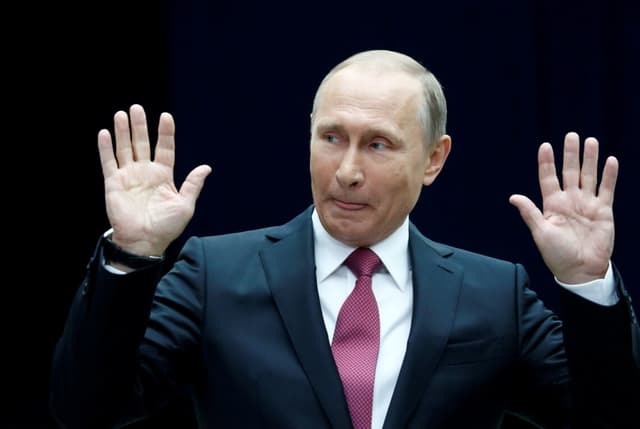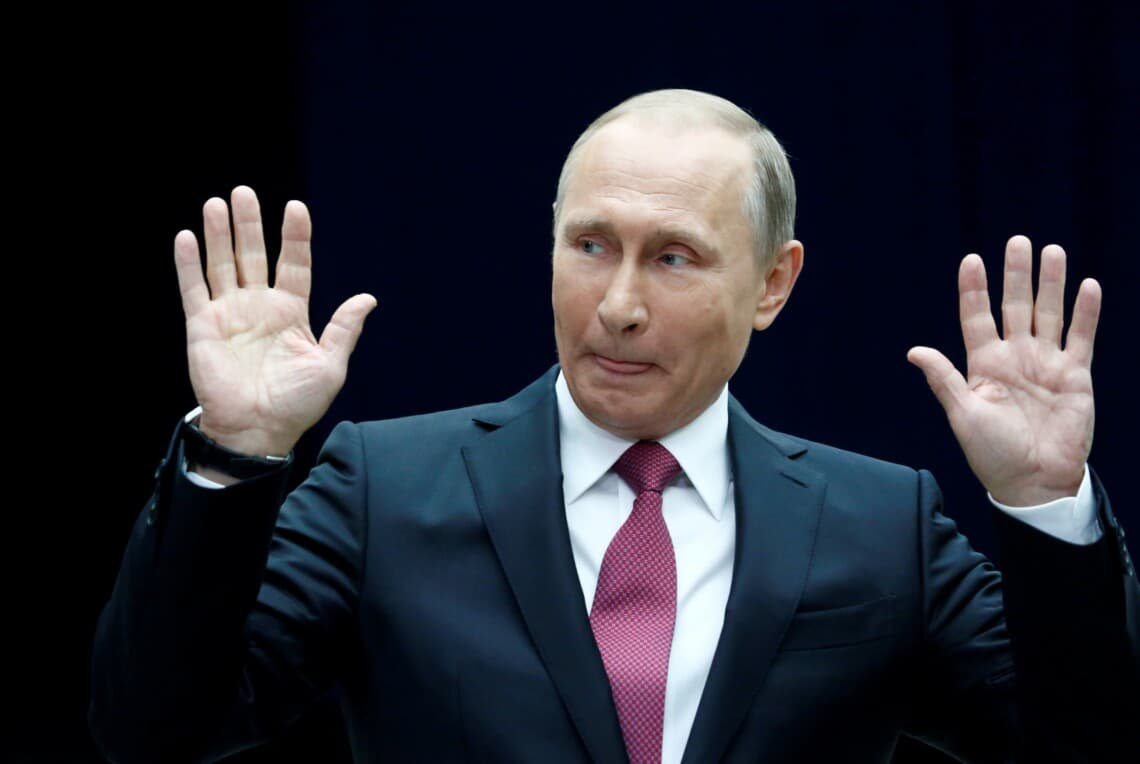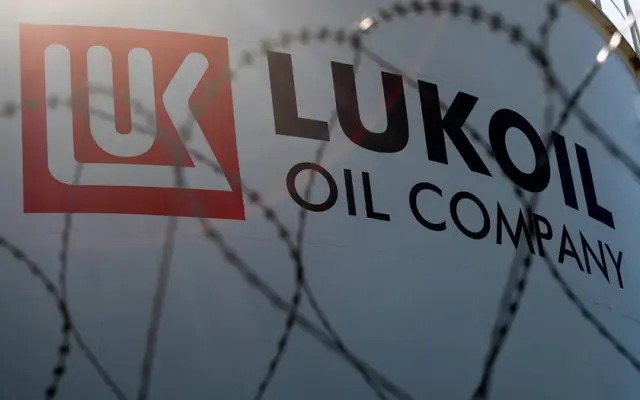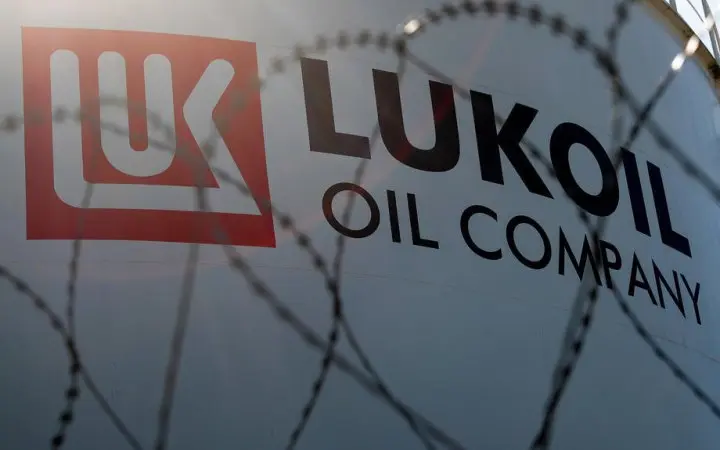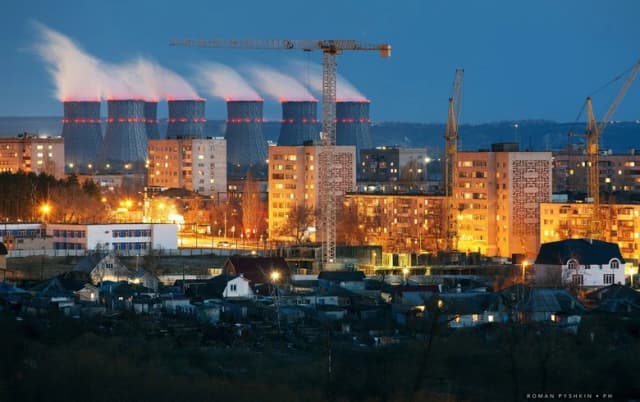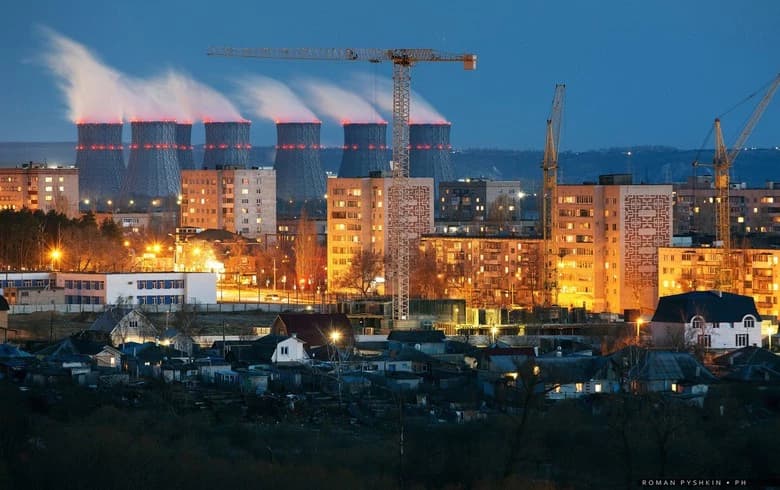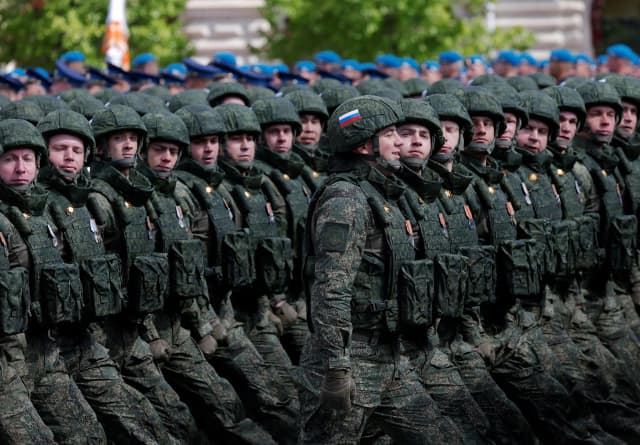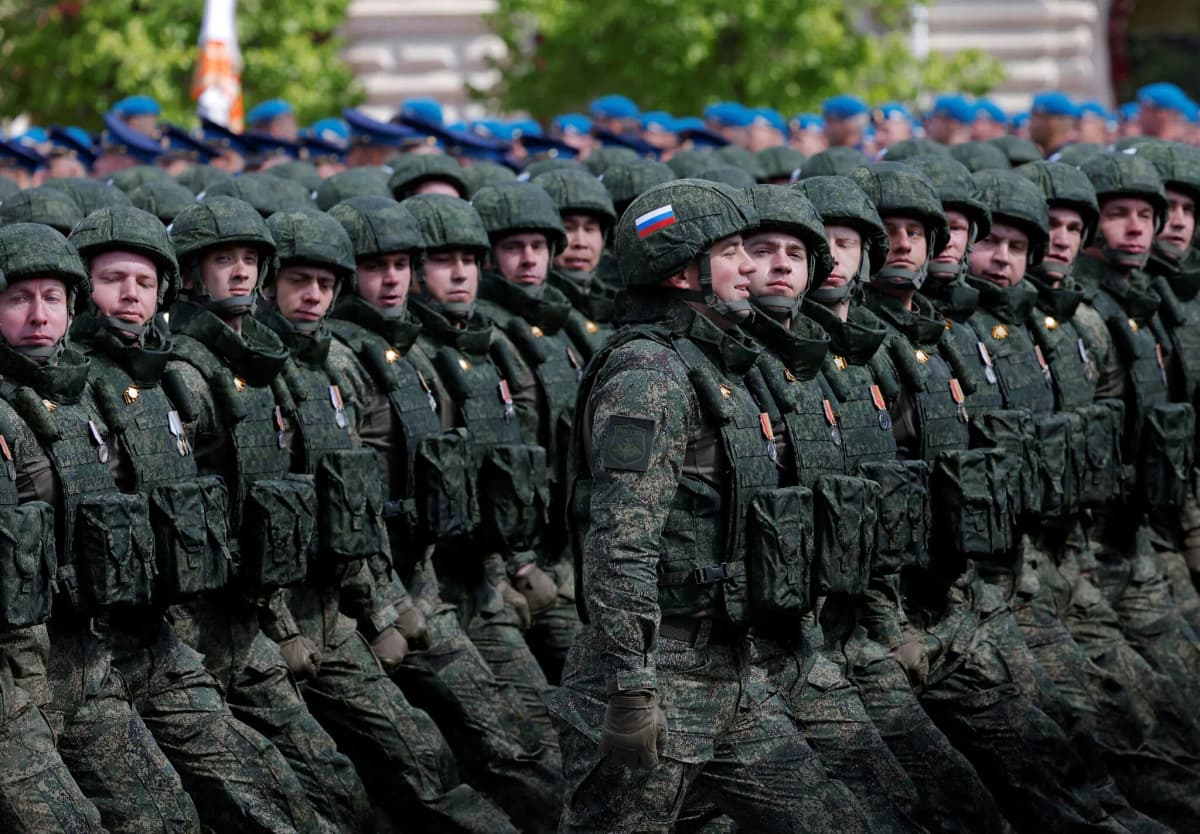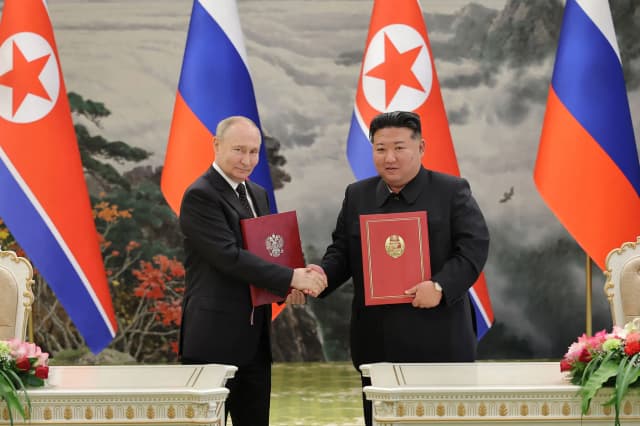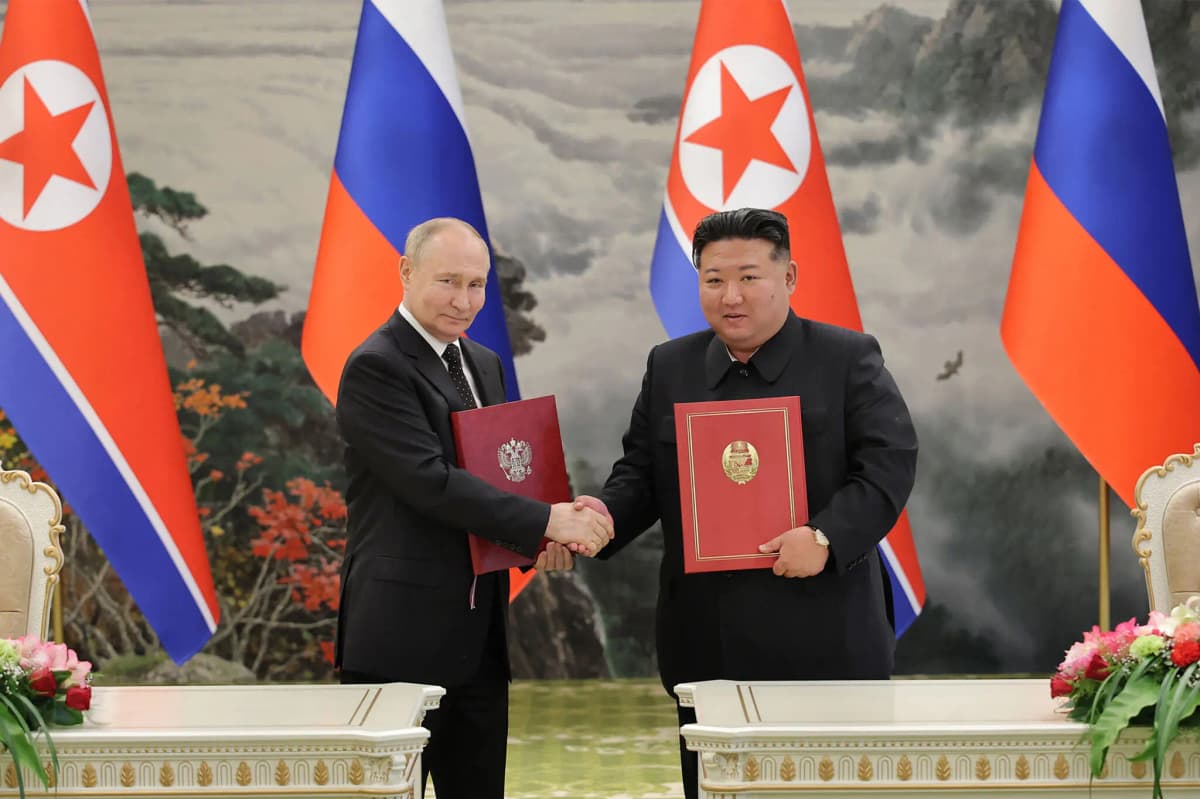Stagflation has arrived: the vicious circle of the Russian economy that will lead the Kremlin to disaster
 Image: Getty
Image: Getty
Most economic analysts in their assessments of the Moscow economy are guided by basic macroeconomic indicators: the Central Bank's base rate, inflationary trends, income levels and budget expenditure estimates. This is undoubtedly the main and correct approach to studying the subject matter, which for us is the Moscow economy.
Recent economic overviews suggest that the Moscow economy will face a large-scale crisis at the end of 2025 if the current pace continues, but is this really the case? What are the signs of this? Especially given the fact that in an authoritarian model of governance, the Kremlin can officially manipulate macroeconomic indicators.
In search of manifestations of what we observe at the macro level, we decided to go down to the ground level to see if the macro trends we are monitoring really have corresponding manifestations at the base level.
And what have we discovered?
1. Funding delays
In Moscovia, cases of delayed payments have become more frequent, even for strategic construction projects.
For example, one of the largest infrastructure projects, which was personally initiated by Putin and labelled ‘strategic’, is currently on the verge of being disrupted. We are talking about the construction of the Moscow-Yekaterinburg M-12 federal highway, which was supposed to open at the end of 2024, but this did not happen due to massive layoffs. The opening was postponed to spring 2025.
The reason for the dismissals was months-long salary delays that began in September 2024. The average debt to employees is 2-3 months. As a result, on one section of the road, where 1,000 workers were employed, more than 600 have resigned or refused to come to work.
Another case is the construction of fortifications in the Kursk region. At the time of the operation by Ukrainian forces, the Moscow authorities began to build new lines of fortifications around the Kursk nuclear power plant. But at that time, they had not paid the contractors for the fortifications they had built earlier.
One of the contractors used social media to encourage his colleagues and employees to come to Red Square in Moscow. The businessman was then arrested for 8 days for attempting to organise an illegal meeting. By the way, this was not just any contractor, but a close friend of the former head of the Kursk region.
2. Decrease in foreign currency deposits in the banking system
Currency reserves in Moscovia's banks have fallen to pre-crisis levels in 2008 for the first time. As of November 2024, $159 billion was held on client legal and retail accounts in Moscovia's banks. Before the full-scale invasion, the banking system had almost twice as many foreign currency deposits - $301 billion.
The decline in foreign currency deposits includes not only dollars and euros, but also yuan and other currencies. The decline in deposits reduces the adaptive flexibility of the banking system itself.
And the trends for Moscovia remain disappointing. In December 2024 alone, individuals and legal entities withdrew $4.9 billion from foreign currency deposits. In the fourth quarter, outflows totalled a record $15.9 billion.
3. Core and consumer inflation
In its January report, the Central Bank of Moscovia summarised the inflation situation as follows: ‘There are no signs of a transition to a consistent slowdown in price growth (inflation).’ The Central Bank's refusal to raise its key policy rate in December due to political pressure is having its consequences today.
As a result, inflation accelerated from 11% to 14.5% in December-January, measured on a monthly basis in annual terms.
Consumer inflation reached 22.9% (basic needs + food basket). It is the ‘consumer inflation’ that ordinary people feel. It is at the level of consumer inflation that the loss of value of the national currency is felt, because the level of general inflation includes everything from the cost of bread for the population to heavy industrial production as well.
 Inflation Dynamics in Moscovia. Data from Rosstat
Inflation Dynamics in Moscovia. Data from Rosstat
In March 2025, the inflation rate in Moscovia was 0.65%, which is 0.16 less than in February 2025 and 0.26 more than in March 2024. At the same time, inflation since the beginning of 2025 has been 2.71%, and 10.34% year-on-year.
At the same time, the Kremlin is losing tax revenues from the export to the budget.
Delayed payments to the military
The authorities of the Kursk region have admitted that there are debts for local payments to the military dating back to July 2024. It is no secret that one of the main motivations for the male population of Moscovia to sign a contract with the Ministry of Defence and risk their lives to participate in the invasion of Ukraine is high financial motivation. One-time payments that can reach up to $25,000 (federal and local combined).
Therefore, problems with military payments are an unacceptable topic for the Kremlin, as it can directly affect the rate of contract recruitment into the army.
Despite this, the acting governor of the Kursk region, Alexander Hinstein, said that among the regional payments are payments for injuries, which have been in arrears since July 2024 due to a lack of funds in the local budget.
The governor refused to provide information on the accumulated total debt at this time (February 2025).
Hinstein also said that the region has a budget deficit of 17 billion rubles. Meaning that there are not enough funds even for current needs. He described the situation with the budget for 2025 as follows: ‘The situation is not just bad, it is very bad.’
The crisis will start from the coal industry
Next, I propose to step up from the grassroots level of assessment - to the industry level. According to reports and our estimates, it is the coal industry that is in the worst condition. The industry that provided export earnings and is closely linked to the military-industrial complex. In our opinion, this is the industry that will be most affected by the crisis in the Moscow economy and will have a significant impact on other connected industries.
To be more precise, the crisis has already begun in mid-2024, when China imposed duties on Moscow coal and reduced purchases. Since 2024, the Moscovia coal industry has been accumulating record losses.
In 2024, the industry's profits fell by 65% and losses increased 4.3 times, making 50% of the industry unprofitable. With the trade war between the US and China, the demand for Muscovite coal will continue to decline, deepening the crisis. The coal industry's previously accumulated financial reserves had been used up in the past year.
 Price of futures for Australian coal (Newcastle), dollars per ton
Price of futures for Australian coal (Newcastle), dollars per ton
At the same time, the Kremlin does not have the funds to respond to the crisis. Meanwhile, the strong ruble and low global oil prices, which are lower than budgeted in annual terms, are reducing planned oil revenues by 27-30%.
 Price dynamics of Russian Urals crude oil during the full-scale war (February 2022 – March 2025), dollars per barrel. The Insider
Price dynamics of Russian Urals crude oil during the full-scale war (February 2022 – March 2025), dollars per barrel. The Insider
The decline in coal exports resulted in 30% of the booked volumes of transportation by the coal industry not being realised in the first quarter of 2025. This led to an increase in the railway's losses and the idling of 295,000 wagons.
Due to the high key policy rate of the Central Bank, a parallel decrease in construction activity due to the effective cancellation of mortgage lending has already led to a 24% drop in new construction in the first quarter of 2025. A sharp decline in new construction starts was recorded in 43 regions of Moscovia: from a 16.4% drop in Moscow to 40% in other regions, such as Nizhny Novgorod.
This, in turn, does not allow the railway to compensate for the loss in coal traffic, even if prices are cut to stimulate other traffic. There is simply no ‘volume of goods to load’, and so the railway will raise tariffs to reduce losses. This will put pressure on the profitability of other capital-intensive industries.
On top of that, the railway is under pressure from a drop in imports that was recorded in early 2025.
Declining profitability and rising costs of funds are prompting Moscow businesses to borrow and increase their debt
For example, in the first quarter of 2025 alone, Moscow businesses issued RUB 1.5 trillion in bonds, and more than RUB 3 trillion in payments are due to be repaid in 2025 or re-credited.
The total volume of corporate debt reached a record RUB 87.8 trillion, accounting for more than 70% of the banks' loan portfolio. At the beginning of 2022, corporate debt stood at 41.5 trillion.
At the same time, only 21 of the 70 trillion was from the civilian sector of the economy (10.6 trillion in manufacturing and 10.3 trillion in retail), and the rest was from ‘strategic industries’, which include loans to the military-industrial complex. In other words, these are debts that are often not planned to be repaid and whose existence is financially supported by the civilian sector.
Series of potential corporate bankruptcies
A series of potential bankruptcies in 2025 will put pressure on the banking system, as the number of businesses that actually provided unsecured loans to the military-industrial complex will decrease. This will lead to a crisis in the banking sector and a tightening of lending conditions, making it harder to re-lend and thus cyclically increasing the circle of bankruptcies.
A series of bankruptcies will lead to a decline in profitability in the service sector, especially in transportation, both rail and road. All of this, against the backdrop of declining oil and gas revenues, will lead to a decline in real revenues in the non-oil and gas sector, a widening gap between planned revenues and expenditures, which will worsen the crisis.
At the same time, Moscovia will hide any problems to the last - both for political reasons and in order not to cause panic, especially in the banking sector.
We will conclude with what we refused to do at the beginning - macro indicators of the Moscow economy and budget.
Basic data on the Moscow economy
This week, the State Duma will consider a government bill to reconsider the federal budget figures, which will be amended due to a number of factors (primarily the drop in oil prices).
The budget deficit will be increased from 1.2 trillion to 3.8 trillion. This figure exceeds the liquid part of the NWF, which is currently 3.3 trillion. In addition, for the first time in a year and a half, the NWF is selling gold and yuan in the amount of 1.6 billion rubles per day to maintain the current financial balance due to low oil prices. Previously, this happened 1-2 times a year to cover the accumulated deficit.
 How the liquid part of the National Wealth Fund (NWF) decreased during the war (February 2022 – April 2025), billion rubles. The Insider
How the liquid part of the National Wealth Fund (NWF) decreased during the war (February 2022 – April 2025), billion rubles. The Insider
Inflation was revised upwards from 4.5% to 7.6%. It is important to note that this is not consumer inflation, but general inflation, which includes industrial production for the military-industrial complex. Therefore, most of the available estimates by independent economists believe that consumer inflation is in the range of 18-22% in annual terms.
But the most important thing is the drop in total budget revenues by 1.8 trillion rubles: from 40.3 trillion rubles to 38.5 trillion rubles.
The structure of revenues for the period January-April was lower than planned:
oil and gas: -2.6 trillion
non-oil and gas: +0.8 trillion
And most importantly, expenditures, vice versa, increased from 41.5 trillion to 42.3 trillion.
 Bloomberg
Bloomberg
Personal income tax - by 180%;
Corporate income tax - by 110%;
Value added tax - by 17%.
These figures sound so massive that even under normal circumstances they would seem rather unrealistic. In the case of the Moscow economy, given one important point, they seem like a total fantasy.
And this is the fact that officially in the first quarter of 2025, the civilian economy of Moscovia went into full recession.
For the first time since winter 2023, wholesale trade began to decline at a rate of 2.3% per quarter.
The mining industry accelerated its decline four times - from -0.9% to -3.7%.
In the first quarter of 2025, industry (including the military-industrial complex) slowed its growth by 5 times - from 5.7% to 1.1%. This sector of the economy was the main compensator for overall GDP growth.
The growth rate of retail trade also declined from 5.5% to 3.2%. Taking inflation into account, we can even talk about a decline.
The decline in the food industry was record-breaking, reaching a rate of minus 0.7% per month.
Rail freight decreased by 6.1% over the quarter, and in March, the decline accelerated to a rate of -7.2%.
What matters now is not even the numbers themselves, but the speed of their downfall.
To get out of a recession, economic activity is stimulated by access to cheap money: low interest rates or government support programmes (or both), not by raising taxes. Because raising taxes during a recession only increases the likelihood of getting all the warnings of the so-called Laffer's Law of economics.
We can state that with low oil prices, the Moscow Ministry of Finance has fallen into a trap:
1) The government cannot stimulate the economy with cheap money, as it did in 2023, because there is simply no more free money. And the Central Bank is forced to keep the interest rate high, because otherwise it will not be able to hold inflation and macroeconomic indicators.
2) On the contrary, instead of stimulating, due to the lack of alternatives, the Ministry of Finance is forced to propose increasing the tax burden on business to cover the unplanned budget deficit, which is constantly growing and in 4 months is three times higher than the deficit for the same period in 2024.
3) The increase in the tax burden has a situational effect: an increase in non-oil and gas revenues in the first months, but after that, civilian businesses lose the ability to conduct economic activity due to the tax burden, and tax deductions begin to decrease.
Therefore, instead of overcoming the budget deficit, it is expanding due to the failure to implement the tax plan.
And so it goes round and round until root causes of the problem are eliminated - the imbalance in the civilian economy that was created by the war. And Putin has no intention to stop.
And this is what stagflation is - a much more dangerous and destructive phenomenon than the usual recession that any economy experiences from time to time.
You may be interested
